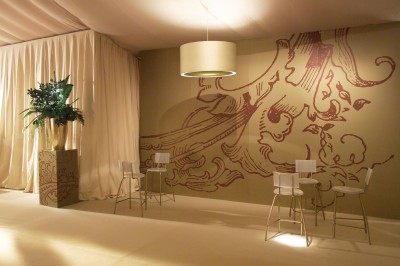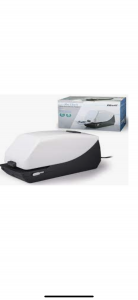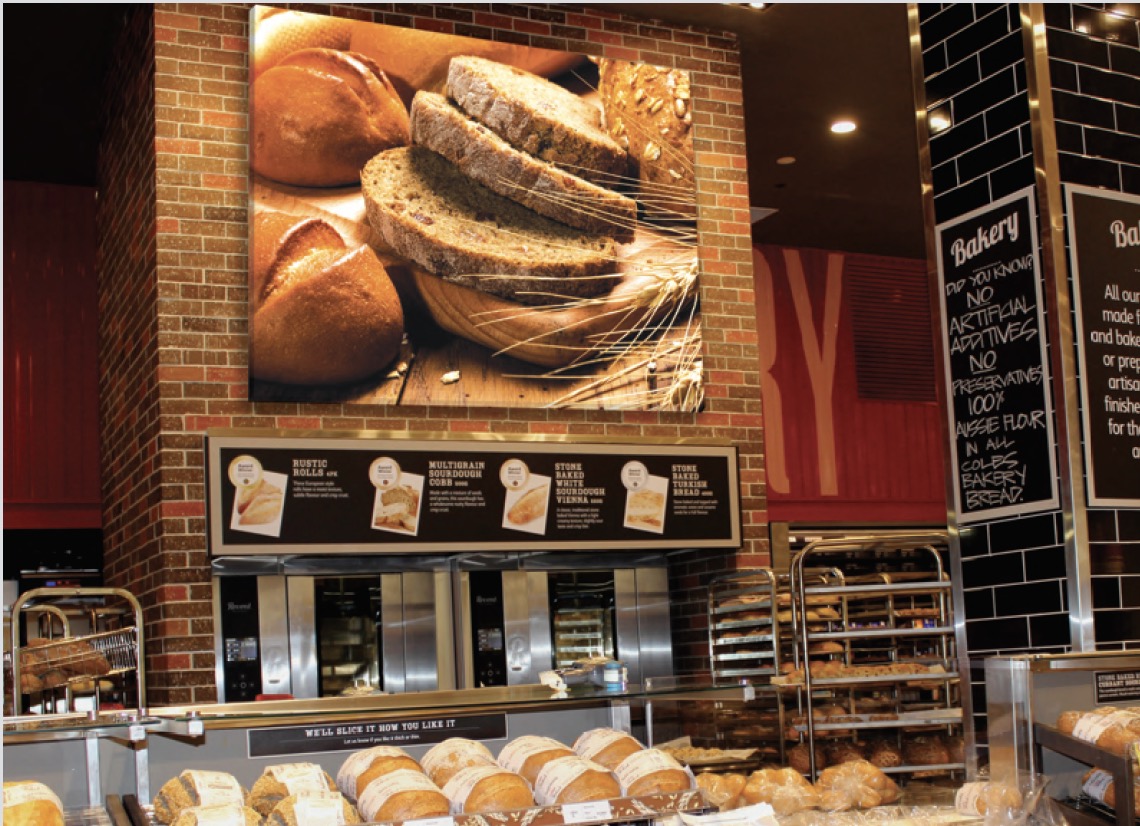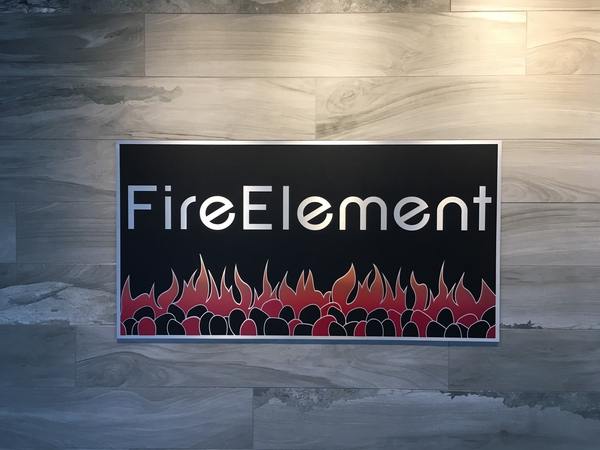Understanding and installing environmental graphics

By Jeffrey Stadelman
For signmaking professionals seeking to excel in the installation of digitally printed graphics, it can be very challenging to keep informed of both the latest trends in the industry and the best practices in their field. With manufacturers constantly releasing new products, introducing new technologies and techniques for various applications, continuing education is crucial.
Graphic installers may not have easy access to expert advice for approaching the hurdles posed by the most challenging jobs. It is therefore important for industry veterans and newcomers alike to share information about graphic application, lamination and removal across the community through hands-on training sessions, demonstrations of tips and tricks and discussions of design theory, material properties and techniques for surface preparation.
Examples of outlets for education and the sharing of ideas include the Professional Decal Application Alliance’s (PDAA’s) master certification program, which focuses on vehicle wraps, wall and window graphics, building wraps, retail displays and fleet marking. There are also programs run by manufacturers of graphic media, including in-person sessions focusing on hands-on experience, as well as online databases of educational material for installers who may not have the opportunity to attend on-site seminars.
As application trends in the industry continue to evolve, these programs are focusing more on environmental graphics, which have seen increasing interest among users.

Apply everywhere
As the name suggests, ‘environmental graphics’ are being applied everywhere in built environments, including walls, windows, floors, sidewalks and furniture. They are growing in popularity, enabled by many new products entering the marketplace. As a result, installers are finding it necessary to familiarize themselves with new products and their specific application requirements.
Compared to traditional graphic applications, environmental graphics involve special surface properties, adhesive chemistries, design considerations, laminating procedures and installation techniques. Many installers are giving due consideration to these factors as they shift their focus to expanding markets and new product categories.
The following are some examples of environmental graphics and the application challenges inherent to each.
Interior wall graphics
With today’s wide-format inkjet printers and their compatibility with a variety of substrates, signmakers can produce vibrant graphics that can easily be applied to walls painted with latex-based formulations, without the need for specialized tools.
Traditional cut vinyl marking films, for example, have moved from vehicle wraps and trade-show graphics to the home décor market, creating unique designs and ‘wall words,’ and are available in matte and gloss finishes. These films are combined with semi-permanent solvent-based adhesives that can bond strongly to most wall surfaces and still be cleanly removed after use. Other specialty films designed for posters and other wall applications use an aggressive and removable acrylic-based adhesive and enable borderless graphics. There are even repositionable topcoated woven textiles that use acrylic adhesives to create upscale wall murals.






